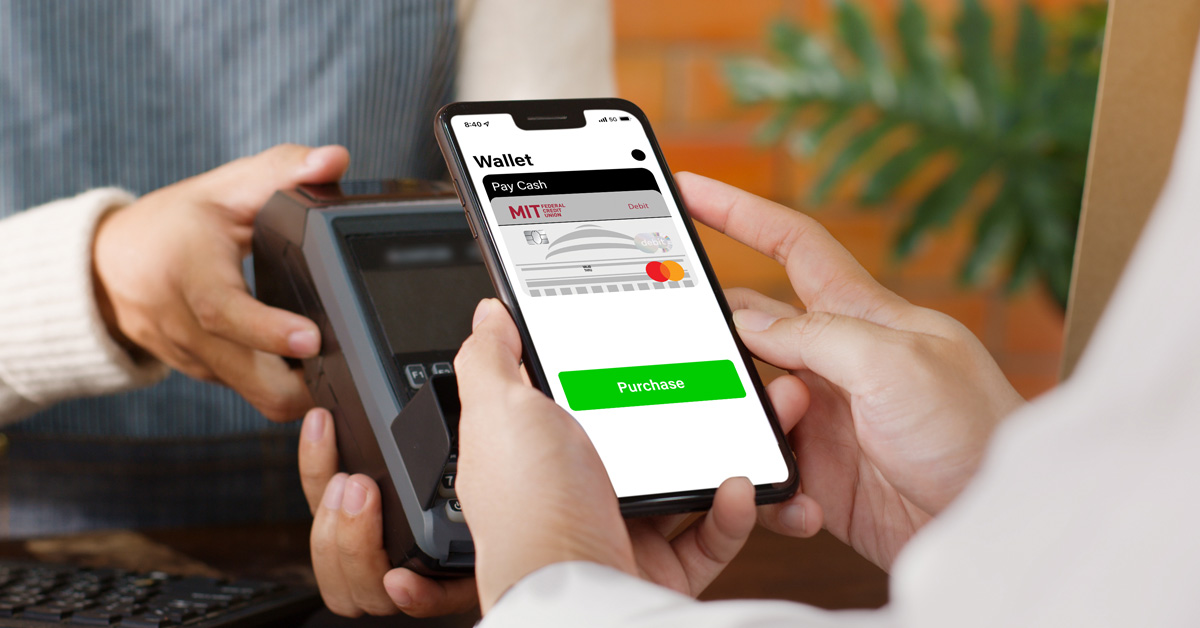Gotta Light? How to Lower Your Energy Costs
Is there any way to reduce the cost of electricity?
Every year we see new ideas for utility savings or old ideas that have been given new life with new technology. Then there are all the things in your home that USE energy, which are also becoming more and more energy-efficient. It's nice to have options, but how do you decide? Hopefully, this post will give you some things to consider and very real ways to save money on your electric bills.
Cutting costs with high-efficiency appliances
If your kitchen appliances are ten to fifteen years old, it may be time to replace them. I hear you, I hear you. They still work! They look like new! We take care of our refrigerator, oven, dishwasher, etc. But considering the savings offered with today's energy-efficient appliances, you may save money even WITH the cost of those new appliances. Consumer Reports recommends replacing any kitchen appliances if they're 15 years old or older. It can reduce your electric bill as well as your carbon footprint.
Equipment Tax Credits – They're available for 2021
The Equipment Tax Credits for Primary Residences may be renewed retroactively via legislation in congress (it expired 12/31/21). But there are still credits for Residential Renewable Energy Products through 12/31/2023. Have you purchased a new water heater, air conditioner, furnace, or other items? Check the information offered by EnergyStar.gov to learn what equipment tax credits you may have available for 2021.
Credit and Rebate Opportunities
Another way to save is to check your local state credit and rebate opportunities. In MA, you can visit the Mass Save website to learn about rebates and credits on a variety of appliances and home improvements:
- Heating and Cooling
- Weatherization
- Lighting and Appliances
- Building or Renovating a Home
MIT Federal Credit Union offers Mass Save Heat Loans to members who are residents of Massachusetts with flexible terms and 0% APR!* Don't get fooled by the name; they provide rebates and credits for many things beyond heat!
Read about MIT FCU "Heat" Loans.
They fund so much more than heat!
And then there's solar energy!
You get calls from solar panel companies, notices in the mail, and may even see your neighbors having them installed. If it's such a great idea and everyone's doing it, maybe you should, too, right? The answer isn't as black and white as you might want. In fact, it's "Maybe…" There are things to consider before deciding to harness the sun. It can be a way to save money, but for some properties, it just isn't going to work the way you think:
Nerdwallet offers six steps to make the decision for solar. I include just five below:
- Step 1 - Review your electric bill –a higher bill usually results in higher related savings.
- Step 2 - Check out your house's sunlight exposure – houses in sunny climates benefit more from using solar. Nerdwallet recommends using SolarReviews Solar Calculator to determine what your projected savings might be.
- Zillow projects solar panels added to a house can add 4% to your home's value. There is also a significant tax credit with solar panels. Plus, the average home recoups the cost of solar panels in five years or less. But I live in a significantly cloudy part of the country. While I could take my average electric bill from $150 to about $30, it will take me over 11 years to recoup my investment. Plus, I will need about 30 solar panels on my roof, and I'm not sure my roof is big enough! The estimated cost is between $25K and $35K for my area. That's a considerable cost. Based on a per watt cost of $3 - $5 per, the average home runs $15K - $25K, so I'm paying significantly more. Completing the calculations for your home is an interesting exercise. In sunnier areas, you might discover solar is a good investment. For my budget, adding the loan cost (they're not usually interest-free) for those panels makes it even more expensive to go solar.
- Step 3 - Estimate the cost of the panels and include installation - You should get more than one quote on installation costs; even 4 – 5 isn't too many.
- Step 4 – Look for Incentives - Different companies offer various discounts on installation via rebates and other programs; some even provide you with brochures explaining all your options. According to Nerdwallet, "…a residential federal tax credit allows taxpayers to claim 25% of installation costs for systems placed in service by Dec. 31, 2022." As of July of 2021, the credit started decreasing in subsequent years. As noted above, congress may make changes or uphold these credits.
- Step 5 - Monitor U.S. Trade Policies – In 2018, a four-year tariff was placed on imported solar cells. In February of 2022, that tariff on imported solar cells was extended for another four years. The tariff has resulted in the cost of imported solar cells increasing. Prices can vary, and foreign manufacturers of these panels continue to drop their prices to counteract the tariff and keep their costs reasonable. But take ownership of your research, or you may get an unpleasant surprise when costs suddenly increase. Knowing what impacts price is essential with a project of this size.
Maybe leasing solar panels is an option
Finally, if the cost of panels is too high for you, it doesn't mean you can't enjoy the lower costs of using solar energy. Some companies lease panels. But leased panels don't transfer with your home, do not increase your home's value, and may not be eligible for tax credits and other incentives. Also, not having a loan payment for the project doesn't mean there is no additional cost. Remember to add the lease cost to your utility budget as a final step.
Sharing the wealth
Keep in mind, even with solar panels; you may still see an electric bill. Most solar panels are tied to a grid, and the energy they produce can be used towards your home. Any excess is sent out to your community to ensure enough power for all. You will receive a credit for the excess (the amount your home didn't use), which will be deducted from the next month's charges if any. There are usually sunny months and cloudy months, and you want constant access to power, so some months you'll be ahead and some months behind. Remember, you may use a lot of A/C in warmer months or a lot of heat in the cooler months. This fact impacts the amount of power you need (no surprise, right?). But solar panels should reduce the amount of traditional electricity you are using and will reduce your monthly utility bill. Keep in mind, though, while lower electric bills are nice, it isn't nice if you're adding a new loan for $25k - $35K that will take ten or more years to pay off.
Is Wind Power a possibility?
While it is a possibility, is it a practical one? Probably not. Energy.gov provides excellent detail on determining the size of the turbine, placement, etc. It might make sense for you if you have a large piece of property and a minimum 14 mph annual wind speed. But you also need an installation location available that is upwind of any buildings or trees and allows for positioning your turbine 30 feet above anything within 300 feet. It'd be an interesting undertaking but not practical for most homes. If you're interested in reading more, visit energy.gov to read about residential wind turbines.
Cooperative Wind and Solar Farms
If you or your community is interested in participating as an investor in a solar, wind, or energy storage cooperative, it's worth researching. Several countries currently offer these types of suppliers, including:
- Australia
- Canada
- Denmark
- Germany
- India
- The Netherlands
- United Kingdom
- United States
An energy cooperative involves the provision of land (with landowners usually receiving either monthly lease payments or shares of ownership in the company) as a first step. You'll also need investors/shareholders. Usually, the community decides how the energy will be disseminated. In some cases, public buildings are supported; in others, households take advantage of this renewable energy source. In the U.S, communities in the Midwest and Great Plains can reduce water usage for energy production. The power generated is added to the electric grid in the case of a cooperative wind energy project. Then all members of the community can benefit. A quick search of the internet for "How do I find a cooperative energy supplier?" provided me with more than 24MM results! So if this is a direction you're interested in researching, jump on and start searching. You may be pleasantly surprised. My research showed me a local solar farm cooperative. Good news! I'm eligible to participate.
Saving money on electric power is possible without having to run around turning off lights all day (although that's not a bad idea!). Just approach the research with an open mind, and look into all the costs involved. You may be pleasantly surprised.
Resources
- Consumer Reports
- Energy.gov
- EnergyStar
- JD Supra
- MassSave
- Nerdwallet
- Solar Reviews
- Wikipedia
* APR = Annual Percentage Rate. Payment Example: A loan of $15,000 with a term of 84 months, and an APR of 0.00% has an approximate monthly payment of $178.58 and is secured by UCC Lien placed on a primary residence. A $2,000 loan with a term of 24 months and an APR of 0.00% has an approximate monthly payment of $83.34. Restricted to homeowners of Massachusetts properties only. Cost per thousand borrowed uses terms of 24 and 84 months.
« Return to "Blog"
Tags

Your Credit Score: The (Other) Key To Your New Home
Your credit score will determine how much house you can afford to the interest rates you’ll receive.

Pre-Qualification vs. Pre-Approval
If you’re starting the homebuying journey, you’ve probably heard two important terms: pre-qualification and pre-approval.

Understanding the Different Types of Home Loans
Home loans aren’t one-size-fits-all. Depending on your goals, budget, and long-term plans, there are several types to consider.





